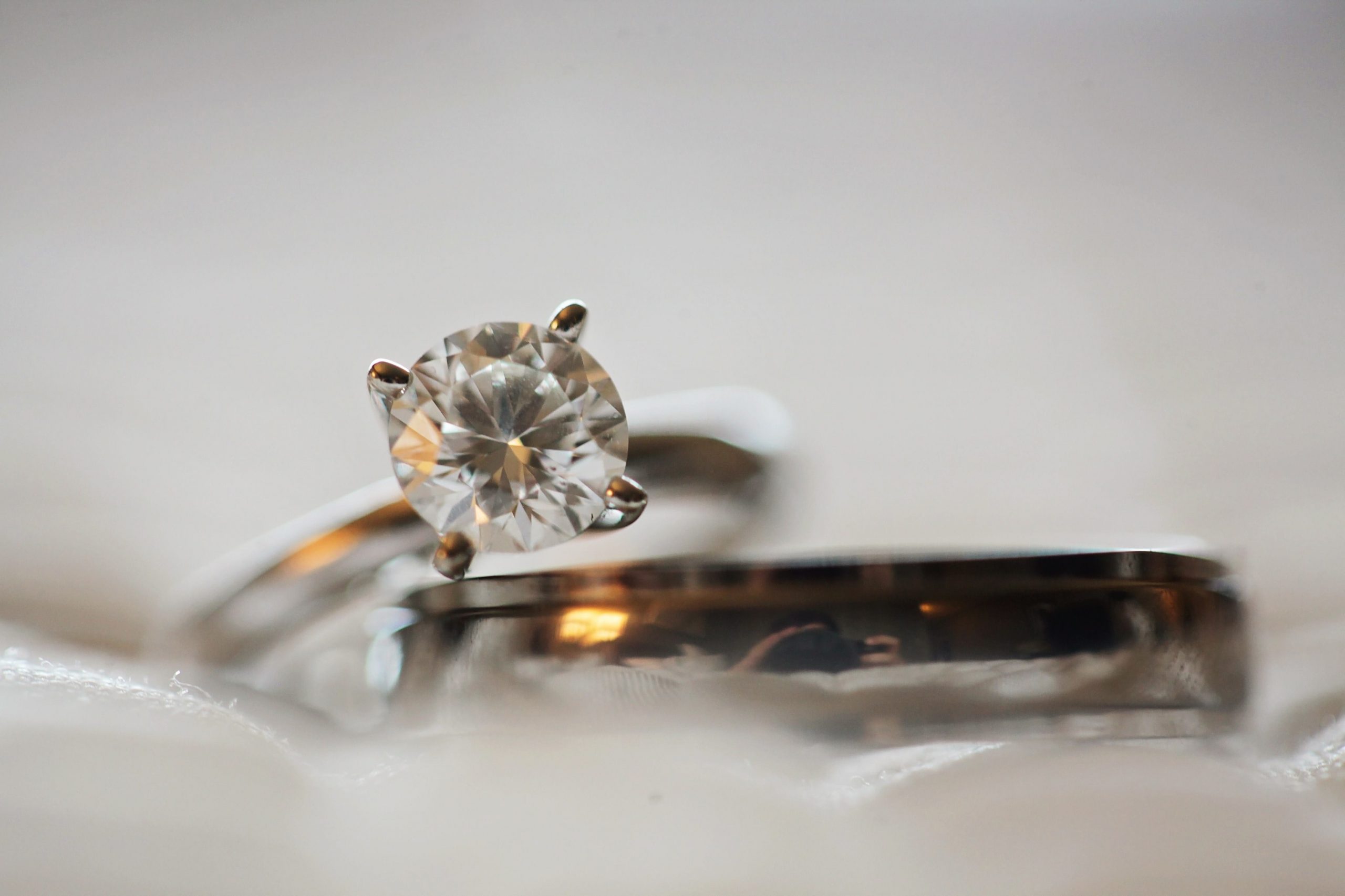
A Guide To Lab-Grown Diamonds
In recent years, lab-grown diamonds are becoming increasingly popular. With their beautiful clarity and low price tag, it is easy to see why. These lab-grown diamonds can be used for a range of different things such as engagement rings, earrings and much more. If you were looking for lab-grown diamonds for an engagement then we will assume that vintage engagement rings are not the ones for you. Due to the affordability of lab-grown diamonds, it can be hard to see the luxury in them, but in all honesty. They are the same complex as raw diamonds. Due to them being so new, not many people know much about them. In this article, we will go through the scientific compound and what they are all about.
What Is A Lab-Grown Diamond?
A lab-grown diamond, also known as a synthetic diamond, is created in the same way as each other. The only difference is the process as these diamonds are sped up in a laboratory or a factory whereas real ones grow in time. In recent years, lab-grown diamonds are mass-produced meaning the price of them goes right down. For this reason alone, many people will date whether they hold the same long-term value or the same emotional connection you have with a natural diamond.
Are Lab-grown Diamonds Real?
Course! Labe-grown diamonds are real as they share the exact chemical composition of natural diamonds. If you put one of each diamond next to each other, you will not be able to tell the difference between them. This is why so many people will use these for the new era of engagement rings.
How Do You Grow Diamonds In A Lab?
There are two different main ways to create lab-grown diamonds and here they are:
Chemical Vapour Deposition (CVD) – This is where a high-quality diamond or heat resistant material is placed in a vacuum chamber containing a range of different gasses or carbon material. The materials are then heated up to extreme temperatures which can be from 700-900°c. This then encourages crystals to form on the initial heat resistant material. It is very much like a shower of crystals forming a new diamond.
High Pressure, High Temperature (HPHT) – This is very similar to CVD but a lot more pressure is put on the seed diamond to encourage crystal growth.
Once the rough diamond is created, they are taken to be cut and polished. There is no limit to the size of the diamond.
Are Lab-grown Diamonds Cheaper?
Due to natural diamonds having to take a long time to create, it is easier to see why they are more expensive. Lab-grown diamonds are very cost-effective and can sell for around 30%-70% less than natural diamonds.
If you are wanting to invest in diamonds and are wondering whether lab-grown diamonds are worth the investment, we would suggest not to. It is always best to purchase natural diamonds as they hold their value much more. Lab-grown diamonds have a declining value due to them being mass-produced, less sought after and are not as rare as natural diamonds.
Are Lab Grown Diamonds More Ethical?
There is a lot of debate on whether lab-grown diamonds are more ethical than natural diamonds, and whether they are more eco-friendly.
Many consider lab-grown diamonds to be more environmentally friendly but the truth is that lab-grown diamonds require much more energy than natural diamonds. There is no real way in which we can monitor how much carbon footprint it takes to mine a single diamond but there are experts who say that lab-grown diamonds are usually created with non-renewable energy. It is important to know that this research was done by huge mining companies so it should be taken with a pinch of salt. There are organisations out there that create lab-grown diamonds from 100% renewable energy meaning that they can be more sustainable. Mining also destroys the land whereas lab-grown diamonds don’t require any destruction of habitats.
When checking the carbon footprint, there are many factors to be taken into consideration such as the machinery used, energy sources, mining methods as well as where the diamonds are mined in terms of which country.
How Can You Tell The Difference Between Lab-grown and Natural Diamonds?
It can be extremely difficult to tell the difference between real diamonds and lab-grown due to them being identical. Only an expert with specialist equipment would be able to tell the difference between the two diamonds by looking at the way the inclusions are found.
To find out whether a diamond is natural or lab-grown, it is essential to ask the jeweller for a grading report. The Gemological Institute of America supplies each lab-grown diamond with a certificate of authentication for full transparency.
Lab-grown diamonds are a fantastic and innovative method in obtaining these beautiful stones. But if you are looking at investment purposes, then you should always go natural due to the declining value of lab-grown diamonds.


